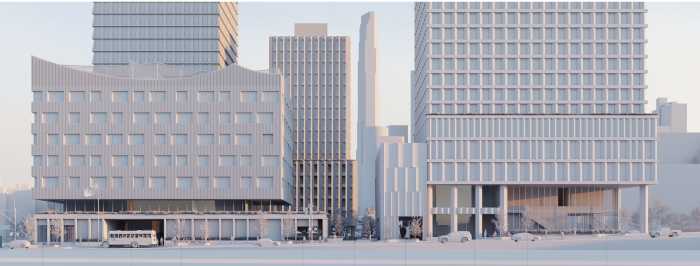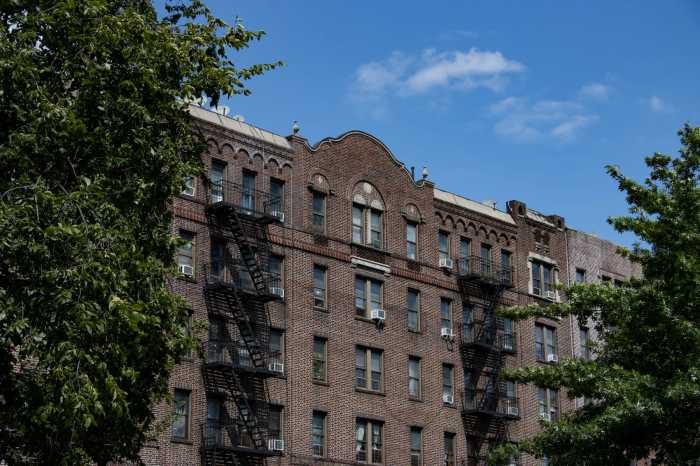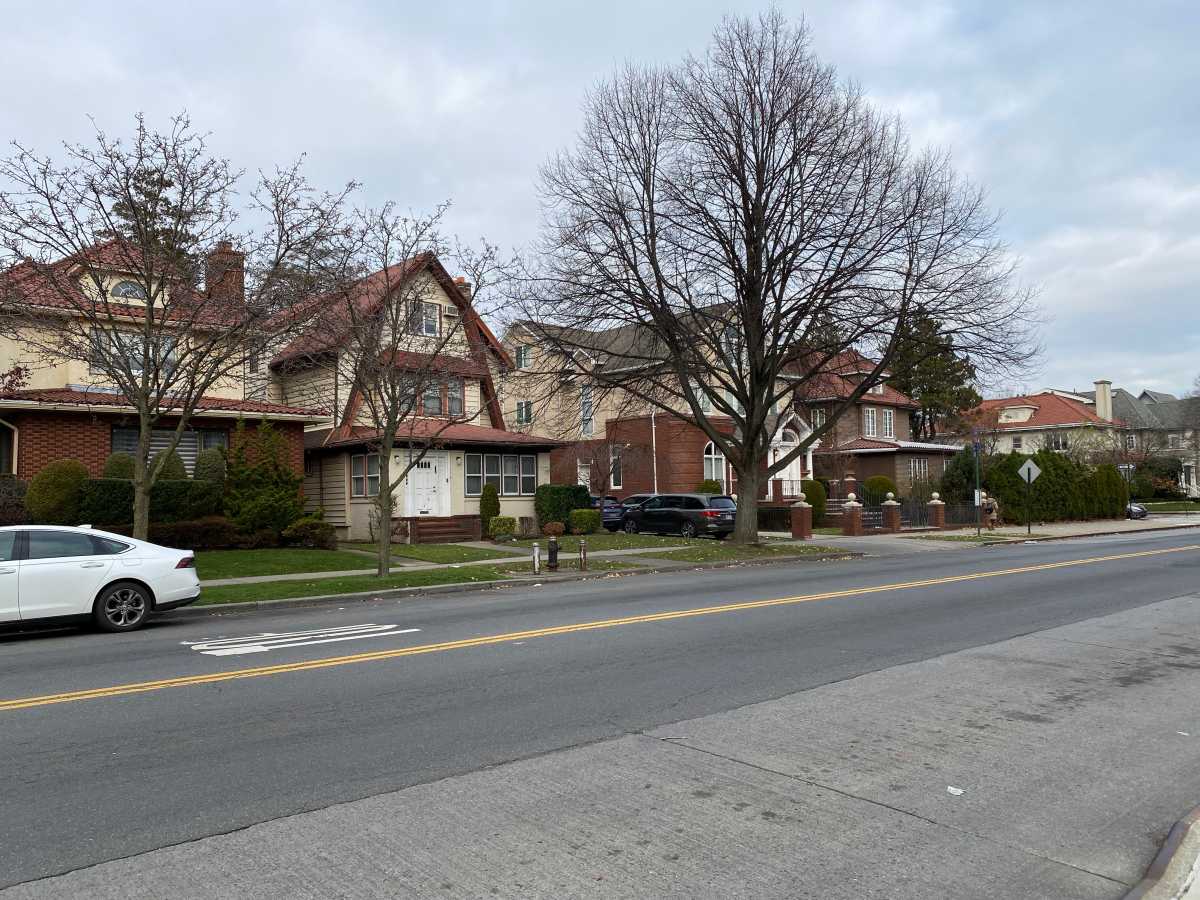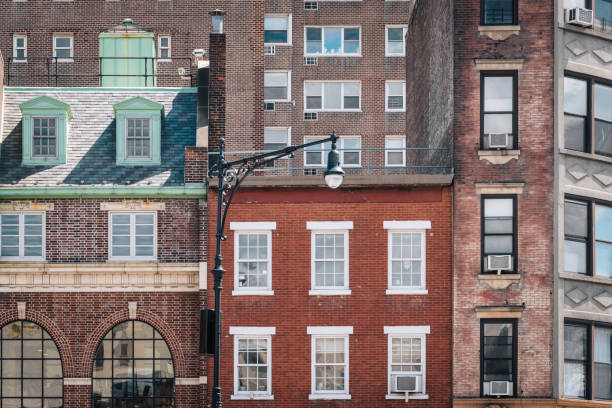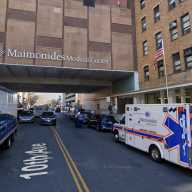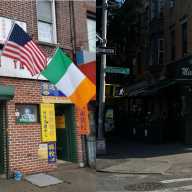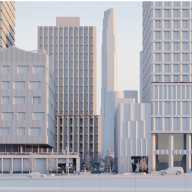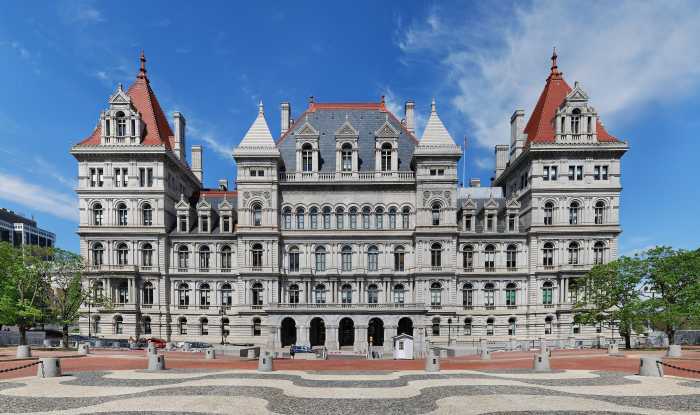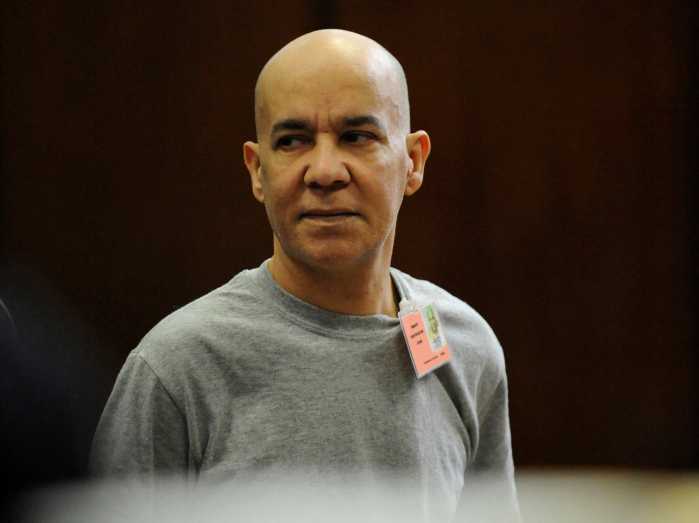Bruce Ratner has barely put a shovel in the ground at his Atlantic Yards mega-development and already the city’s Department of Transportation is in a frenzy to put Band-Aids on the machine gun wound that the project will cause in the heart of Brooklyn.
This week, the DOT dropped the bombshell that it is planning to convert Sixth and Seventh avenues in Park Slope — which borders Ratner’s arena, office and residential Xanadu — from two-way to one-way.
At the same time, one lane of traffic would be removed from busy Fourth Avenue in each direction.
The news is so huge, that when a Brooklyn Paper reporter mentioned it to one of our local elected officials, the lawmaker screamed, “Holy f—!”
We prefer a different expletive: We told you so.
Don’t misunderstand. The Department of Transportation should be commended for rolling up its sleeves to address the massive traffic that the still-unbuilt Atlantic Yards will cause. DOT didn’t create that traffic, but is showing that it intends to at least try to remedy it.
No, the blame for the borough-wide traffic crisis belongs higher up the public-policy food chain. The state planners who championed Atlantic Yards ignored facts on the ground — namely the millions of square feet of residential and office construction already going up, our already overburdened through streets, and, astoundingly, the existing traffic on the Brooklyn–Queens Expressway — when they decided that this 22-acre mega-development could be absorbed with just a little tinkering here and there.
• • •
In the real world, those planners would not have considered Atlantic Yards in a vacuum. They would have said — as many outside experts did — that traffic solutions must be wide-looking, not piecemeal.
Ratner, for example, said he will subsidize train travel to discourage Nets fans from driving to the arena. But his partners in the MTA have said they won’t add train and bus service before and after games, so that “solution” only creates another problem.
Study after study has shown that all the neighborhoods around Atlantic Yards are already suffering from traffic. Atlantic Avenue saw 583 crashes from Jan. 2005 to Nov. 2006, including three fatalities. Fort Greene has 1,759 cars circling for 1,089 available parking spaces. Almost half of the cars on the road in Park Slope are looking for parking, too.
On paper, there are ways to fix each of these problems — but the fixes often just push the trouble to other areas.
Nowhere is that piecemeal approach as damaging than at Atlantic Yards, a mega-development that includes the de-mapping of local streets and the creation of two artery-clogging superblocks.
Proposals by state planners allied with Ratner were made in a vacuum and with no consultation with agencies like the DOT that will be left holding the bag — and the rest of us stuck going nowhere.


